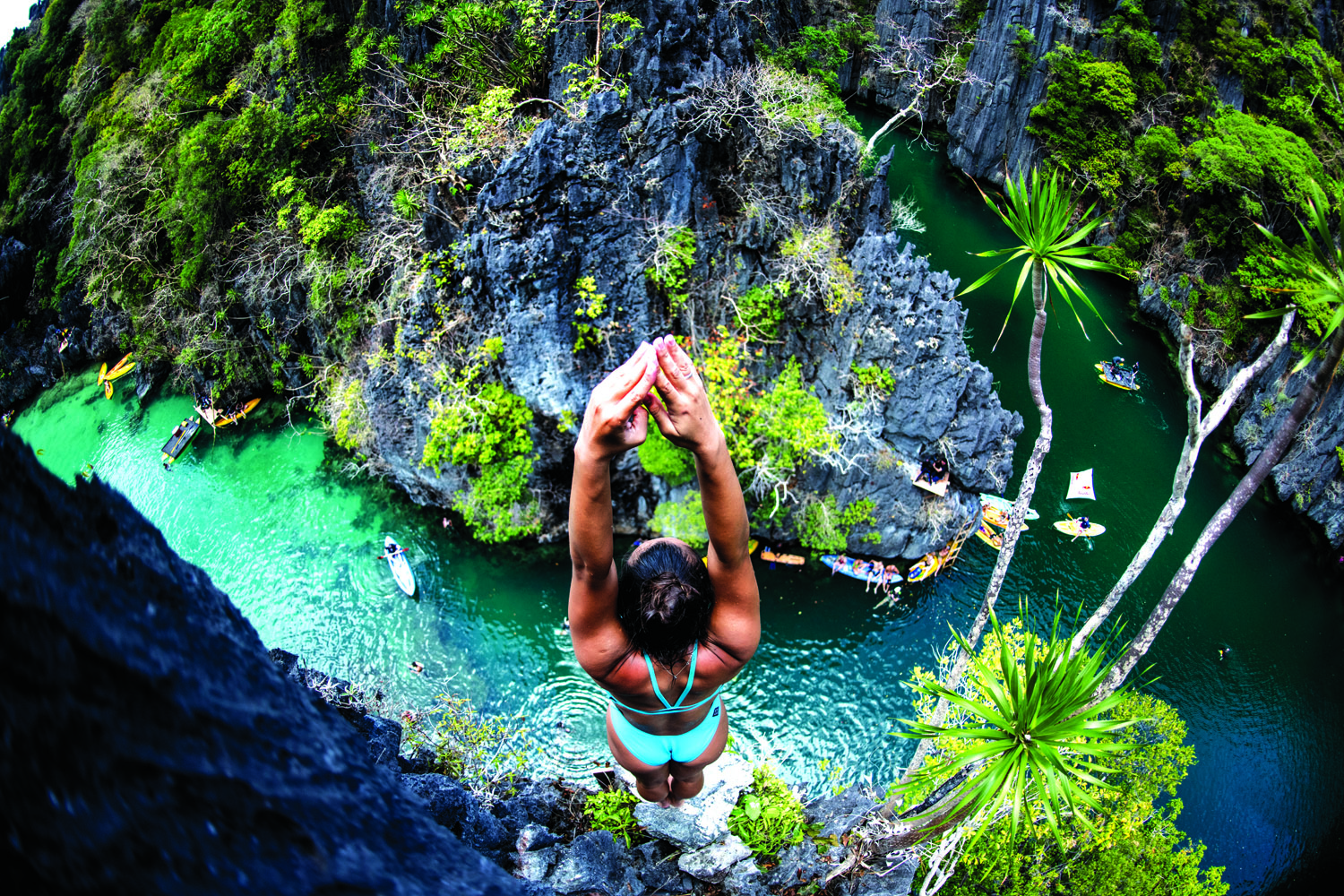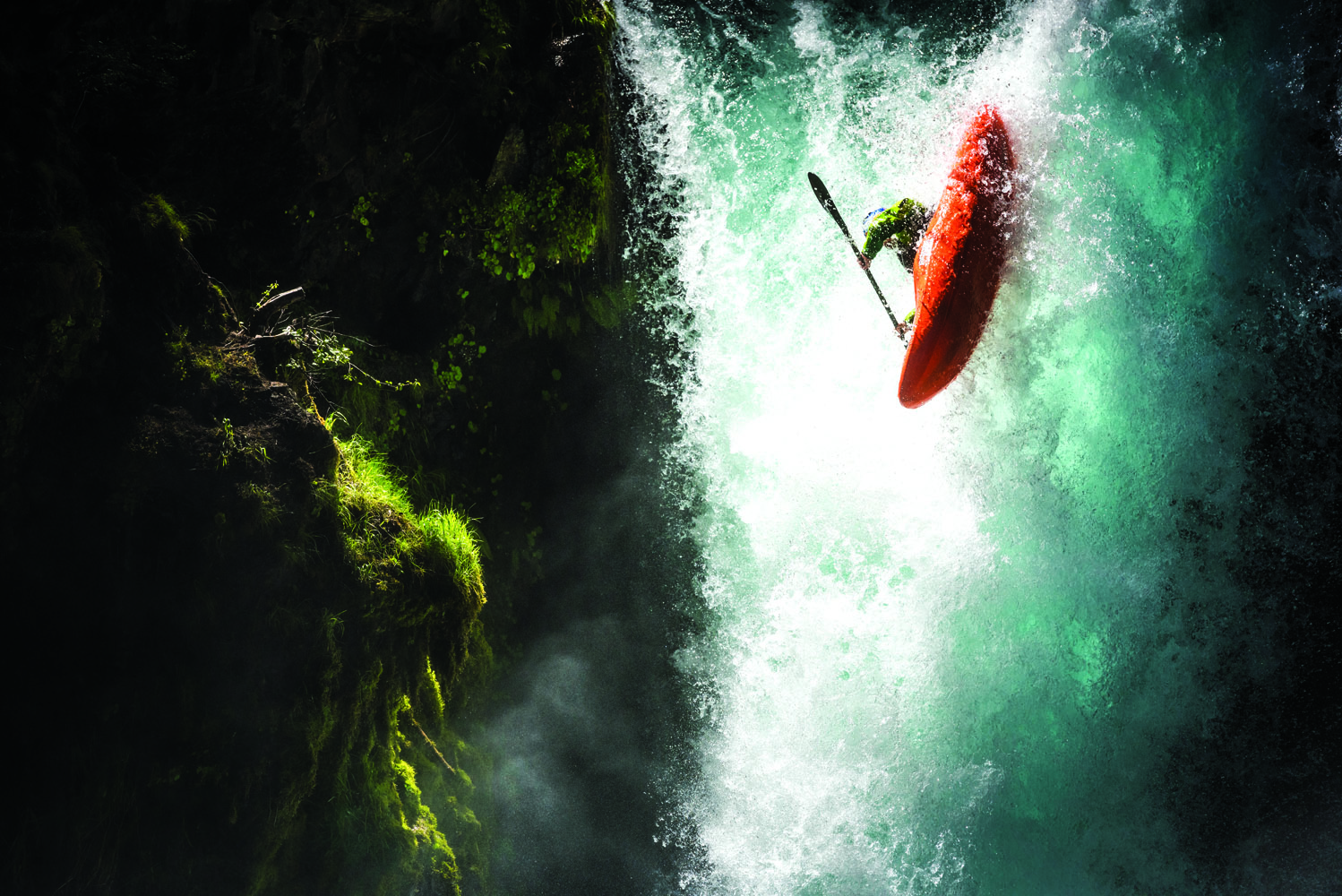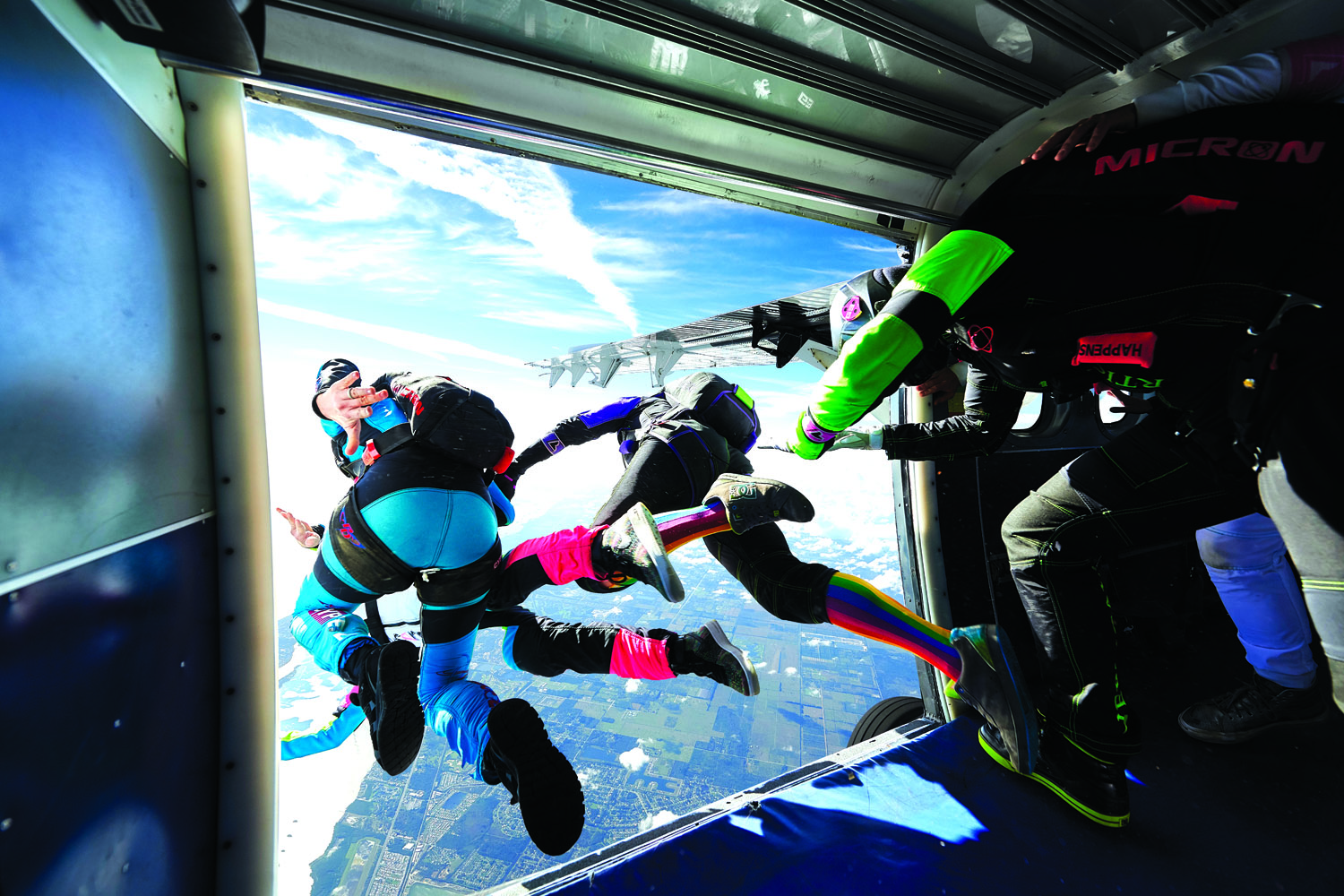A tingling in the amygdala, a pair of almond-shaped primary neural organs buried deep in the brain, is the first sign the body is preparing for an event it regards as potentially risky. It’s a primary fight-or-flight response, in-grained down the Eons, even before Cro-magnon times. Through the senses, the amygdala registers risk of physical harm and releases a combination of dopamine, adrenaline, endorphins and other chemicals in order to protect the body against what it perceives to be threatening. Prey animals, such as zebra and wildebeest of the African savannah, release something similar when brought down by lions, to assist them with the ordeal of being eaten alive. Thanks, evolution.
When it comes to embarking on any sort of adventurous endeavour, often into unknown elements, taking calculated risks versus outright thrill seeking is often the difference between life and death.
At the outset, it’s important to state that the vast majority of thrill-seeking adventurers are perhaps the most fastidious planners of danger and harm mitigation processes on the planet. Thrill seekers are not foolhardy. There is a massive difference. Alex Honnold’s fabled free-solo of El Capitan’s Freerider route involved a lifetime of planning and practice. Honnold climbed the route so many times with ropes and gear before attempting it gear-free, he’s on the record saying he could have climbed it with his eyes closed. Only then did he feel ready to tackle his ground-breaking feat without gear. But the question remains. Why go through this level of metronomic prepare, start, finish, repeat, then do-the-whole-lot-again-with-your-eyes-closed routine if not for the thrill of what must of been the ultimate psychological stimulatory payload?





Credit for Images: Red Bull Content Pool/Dean Treml/Michael Clark/Laura Barisonzi
BRAIN CHEMISTRY
According to numerous scientific inquests into the phenomenon, the thrill-seeking brain may be naturally lower in levels of the monoamines of dopamine and serotonin.
These monoamines are neurotransmitters that help manage your brain’s reward and pleasure centres. Many who jump out of planes, off a cliff or paddle onto a 20 foot slab of seawater tubing over a razor sharp reef describe feeling ‘high’ after the experience. Not surprisingly, recreational drugs also trigger the same neurotransmitter monoamines.
Serotonin regulates a host of psychological and bodily functions, including mood, sexual desire, sleep, and social behavior. If serotonin levels are naturally too low, risk of depressive feelings, fatigue, and anxiety increase. Therefore many who have naturally low levels of these monoamines are likely to grow ‘antsy’ sitting around inside and instead prefer being outside doing something to boost monoamine levels. In other words, they are driven towards thrill-seeking by the very composition of their brains.
THERAPEUTIC ADVENTURERS
As well as a genetically predisposed availability of monoamines in the brain, an individual’s personality profile is another huge influence on individual aptitude for thrill-seeking
In the 1970s, psychologist Marvin Zuckerman created a survey to identify four types of sensation seeking: those looking for adventure, those seeking new experiences, those looking for ways to lose inhibitions, and those susceptible to boredom. Most people fall into multiple categories, but the tone and composition of feats to produce a similar thrill-seeking reaction in each individual’s brain can be markedly different. One person’s Teahupo’o monster barrel is another person’s first arrival on a foreign urban street. Horses for courses.
HIGH ON YOUR OWN SUPPLY
Wanna get high? Most of us have worked out what it takes to boost our monoamine levels. Only this morning I drove to work listening to a government minister talking about his regime’s decision to ban phones during school time. Surely banning things isn’t the answer. Get high, kids. Get high on your monoamine supply.





